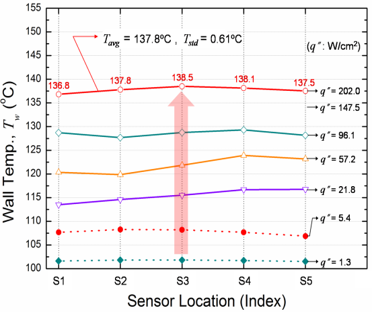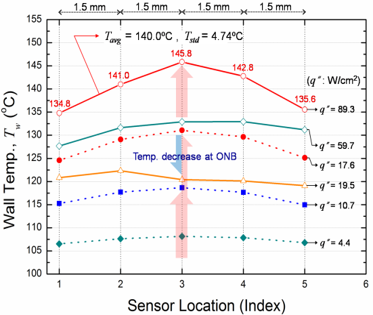Seoul National University of Science and Technology
Seoul National University of Science and Technology
Interface-inspired convection is a key heat transfer scheme for hot spot cooling and thermal energy transfer.
An unavoidable trade-off of the convective heat transfer is pressure loss caused by fluidic resistance on an interface. To overcome this limitation,
we uncover that nano-inspired interfaces can trigger a peculiar fluidic interactivity, which can pursue all the two sides of the coin: heat transfer and fluidic friction.
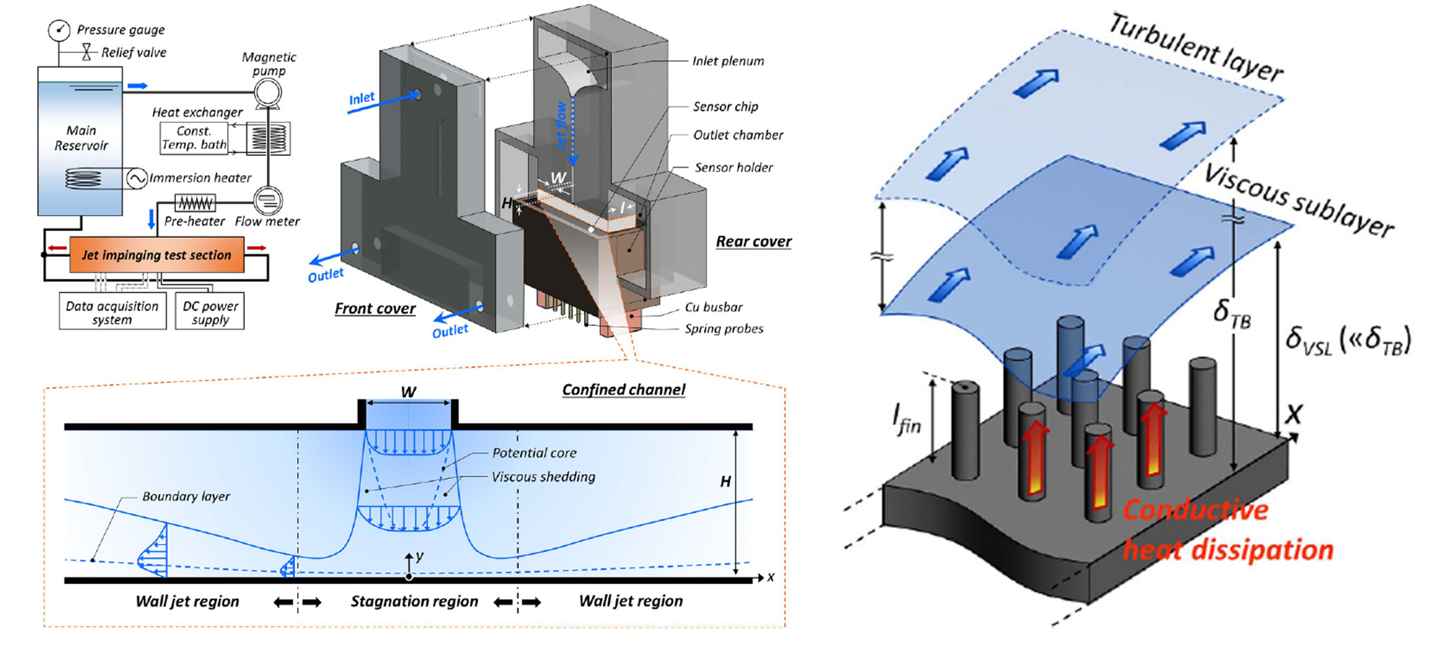
Boiling is a pivotal heat transfer mode extensively utilized in diverse engineering systems,
including electronic devices, power plants, photovoltaics, and aerospace technology,
due to its significant energy transfer capability.
Our group investigates the effects of surface structures, hemi-wicking,
and bubble dynamics during phase changes on the performance of boiling heat transfer.



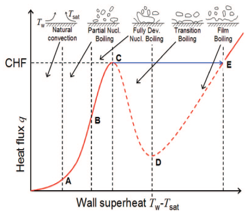
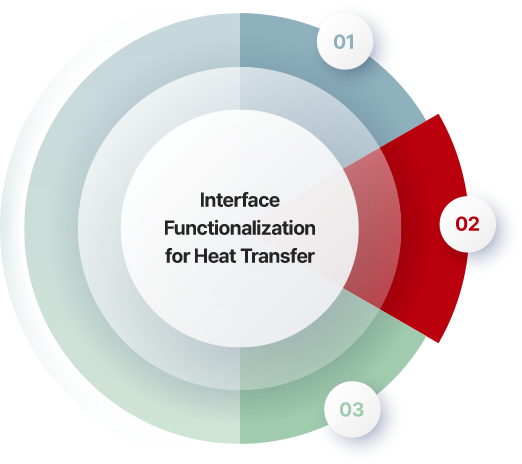
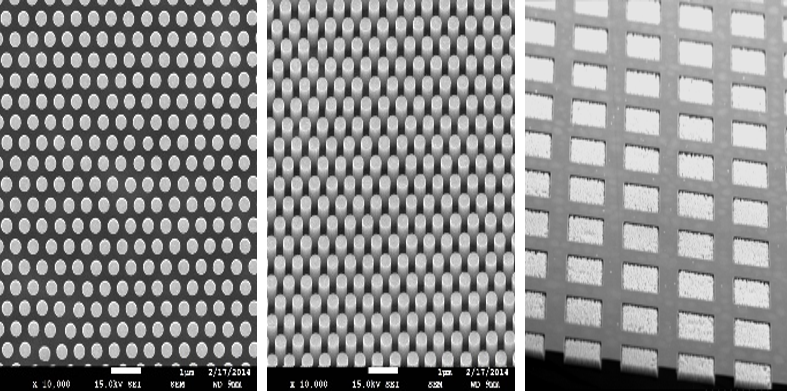
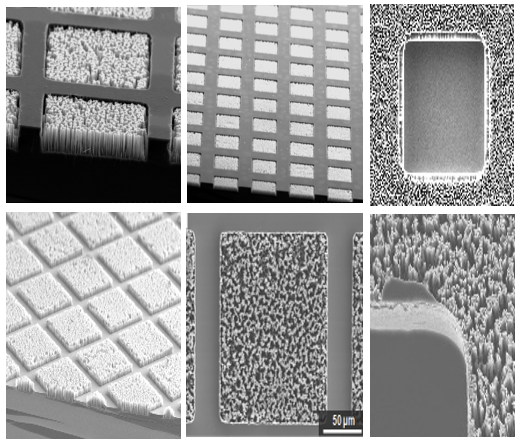





In the field of heat transfer research, particularly in boiling, there has been a growing effort to improve heat transfer performance through fabricating functional surfaces by
applying MEMS or NEMS technologies. As a result, to evaluate the performance enhancements achieved by incorporating nano- to micro-scale structures,
the development of sensors with nano- to micro-scale spatial resolution has become essential. Recognizing this need,
our group is conducting research on the development of temperature measurement sensors with micro-scale spatial resolution.
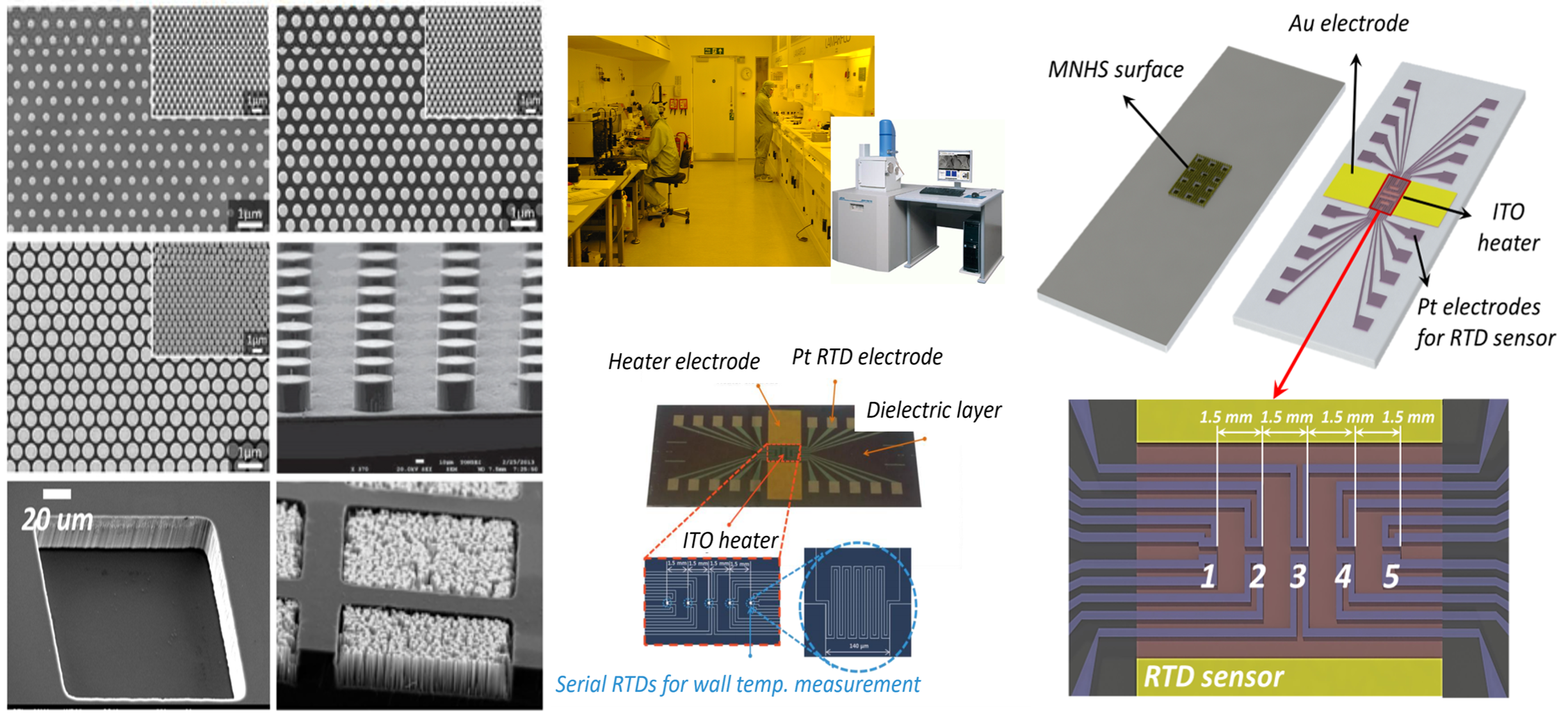
| Plain | NWs | |
|---|---|---|
| 14.0 W/㎠ |
 |
 |
| 27.8 W/㎠ |
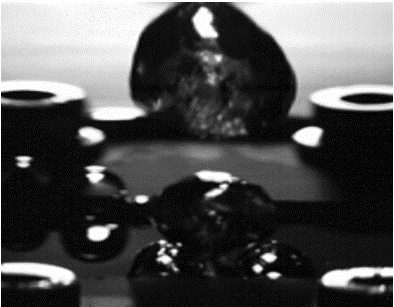 |
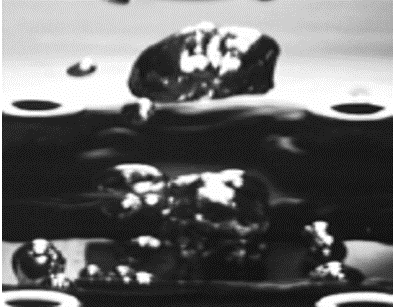 |
| 92.0 W/㎠ |
 |
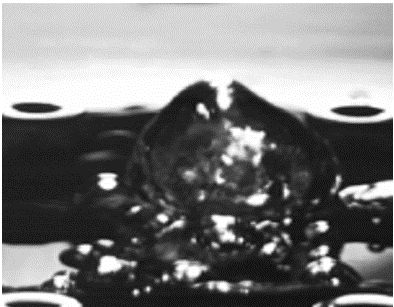 |
